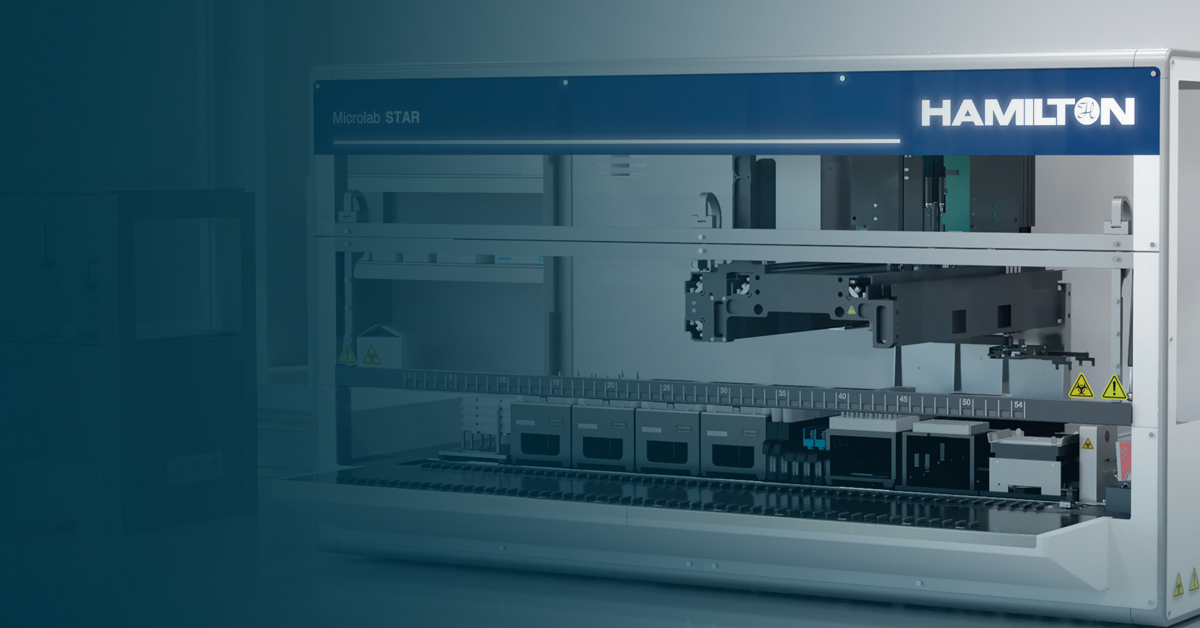
Clear, accurate patient education during medical care will not only help build physician-patient trust but will also ensure a smooth clinical trial screening and enrollment process.
During this pandemic, major news outlets have regularly called COVID-19 screenings, “tests.” Adding to this confusion are the genetic test commercials running in between news segments and medical and clinical research professionals interchanging the words “screening” and “diagnostic” without much thought. With so much scientific information for people to take in, we must be better about using accurate terminology for patients. Confusion between screening, testing, and diagnostic results can produce unwarranted patient concerns and emotional distress.
Misinformation regarding screening and testing has broad implications. The number of screening and diagnostic tests available continues to grow, and as it becomes more affordable, physicians are incorporating them more into regular practice. Widespread use has created more opportunities for patients—and physicians—to misinterpret results. This is especially salient considering every newborn in the U.S. is screened for possible diseases. News articles, like this NYT article which circulated recently, are creating dangerous confusion among parents. Parents need to understand clearly that screening is not a diagnostic test but rather a necessary part of identifying potential health concerns for further exploration.
Screening can also play an important part in enrolling clinical trials, especially for development of gene therapies. If a diagnosis is confirmed, the opportunity to consider a clinical trial should be presented by the primary care physician or referred specialist. Research has shown that gene therapies for rare diseases may benefit newborns to a greater degree than children or older adults in which the disease has already presented. Worldwide has developed a screening program to identify newborns potentially eligible for a clinical trial and enroll them in the trial before they “age out” of a study or become ineligible to participate after receiving another treatment. Programs like this can help to provide early access to information about clinical trials for patients and their families. To see if our newborn screening program could help enroll your clinical trial, contact us.
Of course, clinical trials present further opportunities for patients to misunderstand screening, tests, and what participation entails. Direct-to-patient enrollment strategies for trials are increasing in popularity, but investigator enrollment is still the primary mechanism for most clinical trials. We must rely on physicians to communicate well and at the right time. Proper clarification and education, both in the doctor’s office and during trial participation, will help alleviate unnecessary confusion and build trust between patients and the broader healthcare community.
To help alleviate the confusion around screening and testing, physicians and investigators should consider the following in patient encounters:
- Explain to patients the difference between screening and diagnostic when those tests are part of the patient visit. Explain why the test is important, what the results mean, and the risks. Give patients time to ask questions.
- Stay up to date on the latest screening and diagnostic tools used in practice. If the test is genetic, confirm with a genetic counselor before ordering. Query the pathologists at your healthcare facility or the laboratory itself to learn more about new tests that become available.
- Information regarding medical choices—especially concerning clinical trials—must be unbiased, impartial, clear, concise, and communicated in lay language.
- Refer patients to genetic counselors where necessary, particularly after a positive newborn screening or genetic diagnostic test result.
- When communicating positive screening results, alleviate their worry by explaining that an abnormal result doesn’t mean they have a condition or disease. Further testing and investigation are required.
Physician-patient interactions have become fewer and far between in recent years as patients take a more active role in researching and managing their health. Interactions, when they do happen, are a critical moment for combating misinformation with education. Misinformation can destroy the trust between patients, physicians, and clinical trial sponsors and raise alarm where there should be none. By helping patients better understand genetics, the importance of screening and diagnostics, and the differences between the two, we’ll help build trust within our medical and research communities.
Learn more about genetic screening, check out our recent webinar “From Lab To Clinical Trial: Rare Disease And Newborn Screening.” Want to hear more from Derek Ansel? Meet with him at OCT Southeast and hear him present “A DCT Approach to Enrolling Rare Disease Patients in Complex Studies” on March 30th at 9:30 am EST.



